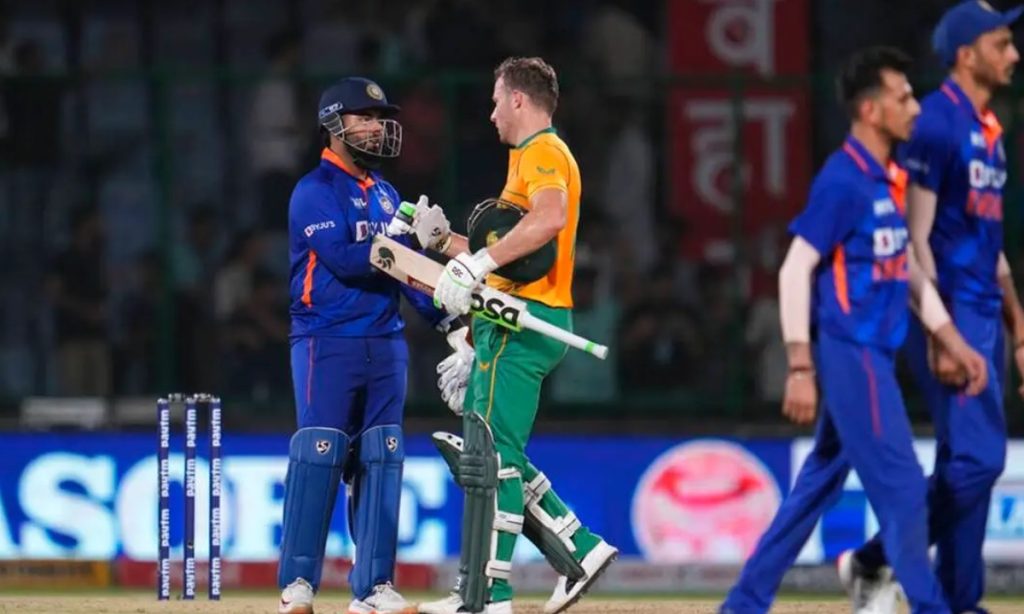When the cricketing world thinks of India’s T20I team, it often recalls the vibrant mix of youth and experience, flair and strategy that has defined the team’s approach in recent years. The last time India played a T20I in Delhi, the team was not just a representation of cricketing prowess but also a narrative of individual journeys, recoveries, and aspirations. This match, held in the heart of India’s political and cultural hub, was more than just another game; it was a spectacle where the team’s composition told a story of its own.
India’s playing XI in that memorable T20I in Delhi was:
Ishan Kishan – The wicketkeeper-batsman, known for his aggressive style, opened the innings. His approach was crucial in setting the tone for the innings, often putting pressure back on the opposition right from the start.
Ruturaj Gaikwad – Alongside Kishan, Gaikwad provided the stability at the top, showcasing his class and composure, traits that have marked him as a future star.
Shreyas Iyer – Batting at three, Iyer’s role was pivotal. His ability to anchor the innings while accelerating when needed has always been a boon for India, especially in the middle overs.
Rishabh Pant (Captain) – Leading the side, Pant’s captaincy was under the spotlight. His own form with the bat, combined with tactical decisions, was crucial. His aggressive style both as a batsman and a captain set the team’s aggressive tone.
Hardik Pandya – The all-rounder’s contribution with both bat and ball has been invaluable. His ability to finish innings or provide breakthroughs with the ball makes him a match-winner.
Dinesh Karthik – The veteran’s experience was vital, not just for his batting but also for his mentorship within the team. His cameo roles have often turned matches.
Axar Patel – His left-arm spin and handy lower-order batting provided balance. Patel’s role in containing the opposition while also contributing with the bat was significant.
Harshal Patel – Known for his death bowling, Harshal’s variations and ability to pick wickets in crucial phases were key.
Bhuvneshwar Kumar – The swing bowler, Bhuvneshwar’s early breakthroughs or tight overs at the death have been game-changers.
Avesh Khan – Bringing pace and aggression, Khan’s role was to provide that initial burst or to break partnerships.
Yuzvendra Chahal – The leg-spinner’s knack for wickets in the middle overs, coupled with his economical bowling, made him an automatic choice.
This lineup was not just about cricketing skills but also about the stories behind each player. Pant, returning to captaincy, had a personal narrative of recovery and resilience. Kishan and Gaikwad represented the new blood, eager to prove themselves on the international stage. Iyer, with his captaincy experience in domestic leagues, brought leadership depth. Hardik, always a crowd favorite, was the linchpin with his all-round abilities.
The match in Delhi was more than just a cricket game; it was a showcase of India’s cricketing evolution, blending the old with the new, experience with exuberance. Each player, from the seasoned Karthik to the fiery Chahal, contributed to a narrative where cricket was not just played but celebrated. This lineup, under Pant’s leadership, not only aimed to win but also to entertain, embodying the spirit of T20 cricket where every match is a festival of sixes, strategies, and surprises.

